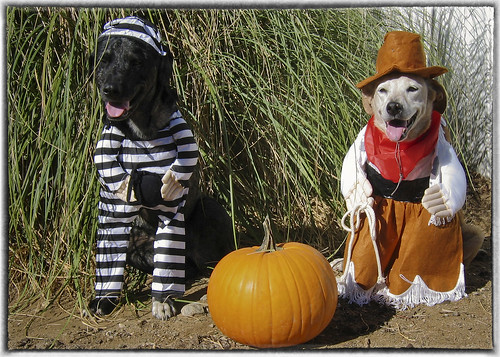Before you teach them fetch, before you teach them shake and before you teach them sit, you teach them how to eliminate outside. No matter the age and no matter the breed, all healthy dogs are capable of being trained to go potty outside. Unfortunately, such a task isn’t always easy as dog temperaments vary from breed to breed, resulting in a widely skewed teaching time. Even so, there is always one aspect of puppy potty training that remains uniform no matter the dog – patience.
Try, Try Again
Just like you will rarely be able to do something new correctly the first time, so, too, will your dog need a number of attempts before they understand exactly what you’re asking of them. Impatience is a negative emotion that fosters frustration and anger that is typically then turned toward the dog. Instead of helping your dog learn faster, these emotional outbursts teach them anxiety and shame, leading to even worse habits that are much harder to break. Now, instead of a young pup that would have taken only three months to housebreak, you have a young pup that is a year old and eliminates in the house when you’re not looking.
Consistency is Key
Unlike teaching a dog commands, potty training is one of the easiest lessons since dogs innately know to not go potty in their den. Ideally, you’ll want to take them outside on a set schedule whether they have to go or not. Typically, a young pup will need to go anywhere from five to 30 minutes following their meal. When you go outside, take them to the same place you take them every day. The scent of their older eliminations will trigger them to go again.
No Negativity
Remember that if your puppy has an accident, they didn’t do so on purpose. Puppies do not wake up in the morning with the desire to ruin your rug as vengeance for feeding them the kibble they don’t like. It’s a very bad idea to associate any form of negativity with a natural bodily function. Staying calm also means your dog won’t learn what your trigger is – something they could potentially use against you in future scenarios. Instead, remain neutral and bring them to their outdoor potty spot even if there is nothing left for them to let loose.
As a final note, be sure to clean up the accident area with a cleaning agent that will remove the smell of feces and urine. Dogs in the wild do not live anywhere near areas that smell like feces. Should this smell remain in the house, it will condition them to believe that indoors is a potty area.
So long as you remain patient with your puppy, potty training is a very simple task because it is what the dog wants to naturally do. Stay positive, and they’ll be outdoor champs in no time.

